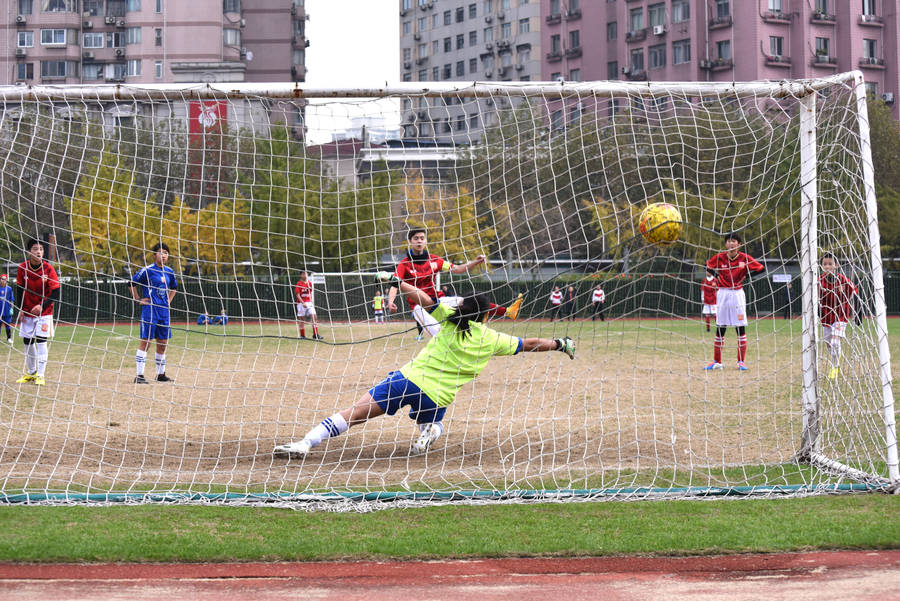Soccer football stands as a sport that has undergone significant evolution over the years, not only in terms of its players' athleticism and skill but also in the strategic approaches employed by coaches. The game has seen tactical innovations that have reshaped how teams play, adapt, and compete. In this extensive examination, we'll delve into the tactical innovators who have left an indelible mark on the sport, exploring their strategies, philosophies, and enduring legacies.
Evolution of Soccer Football Tactics
Understanding the tactical landscape of soccer football requires a journey through its historical evolution, from its humble beginnings to the sophisticated strategies employed in the modern slot gacor game.
1. Early Tactics and Formations
In the early days of soccer football, tactics were rudimentary, with teams favoring straightforward formations such as the 2-3-5 or the 2-3-2-3. These formations emphasized attacking play and individual skill, with little emphasis on structured team tactics or defensive organization.
-
The Influence of Individual Brilliance
During the early stages of soccer football, matches often relied on the individual brilliance of star players to create scoring opportunities and win games. Tactics were simple, and teams often relied on their best players to carry them to victory.
2. Introduction of Defensive Strategies
As the game progressed, coaches began to experiment with defensive strategies to counter the increasingly sophisticated attacking play. Formations such as the W-M and the 4-2-4 introduced greater defensive stability while still allowing for attacking opportunities, laying the groundwork for more nuanced tactical approaches.
-
The Emergence of Defensive Structures
With the rise of more organized defensive systems, teams started to prioritise defensive solidity and structure. Coaches began to deploy players in specific positions to cover defensive responsibilities, leading to the development of more structured defensive formations.
3. Total Football Revolution
The concept of Total Football, popularized by Dutch coach Rinus Michels and epitomized by the Netherlands national team of the 1970s, revolutionized soccer football tactics. Total Football emphasized fluid movement, positional interchangeability, and high-pressing tactics, challenging traditional notions of fixed positions and rigid formations.
-
Fluidity and Interchangeability
Total Football introduced a new level of fluidity and interchangeability to soccer football, with players encouraged to move freely across the pitch and exchange positions seamlessly. This fluid approach to positioning created confusion for opponents and opened up space for creative attacking play.
Tactical Innovators in Soccer Football
Now, let's delve into the visionary coaches who have shaped the modern game of soccer football with their innovative tactical approaches at sbobet88.
1. Rinus Michels
Rinus Michels, widely regarded as the "father of Total Football," introduced revolutionary tactical concepts that transformed the sport. His emphasis on fluid movement, positional interchangeability, and high-pressing tactics revolutionized attacking play and laid the foundation for modern possession-based football.
-
Principles of Total Football
Michels' Total Football philosophy was built on several key principles, including fluid positional play, aggressive pressing, and rapid transitions from defence to attack. These principles formed the basis of his tactical approach and set the standard for modern attacking football.
2. Arrigo Sacchi
Italian coach Arrigo Sacchi is celebrated for his meticulous approach to tactics and defensive organization. Sacchi's AC Milan teams of the late 1980s and early 1990s were renowned for their disciplined defensive structure, aggressive pressing, and offside trap—a tactical system that stifled opponents and propelled Milan to unprecedented success.
-
Defensive Organization
Sacchi's teams were renowned for their exceptional defensive organization, with players meticulously drilled to maintain compact defensive shapes and apply pressure collectively. This defensive solidity provided the foundation for Milan's success and made them notoriously difficult to break down.
3. Pep Guardiola
Pep Guardiola, a disciple of Total Football principles, has emerged as one of the most influential tacticians of his generation. Guardiola's teams, including Barcelona, Bayern Munich, and Manchester City, are known for their possession-based playing style, intricate passing patterns, and positional play—a philosophy deeply rooted in Michels' tactical principles.
-
Possession-Based Football
Guardiola's teams prioritise possession-based football, with an emphasis on controlling the game through accurate passing and intelligent movement off the ball. This possession-oriented approach allows Guardiola's teams to dominate possession, dictate the tempo of the game, and create scoring opportunities through patient build-up play.
4. Marcelo Bielsa
Marcelo Bielsa, often hailed as the "Mad Scientist" of soccer football, is renowned for his unconventional tactics and relentless pursuit of attacking football. Bielsa's high-intensity pressing, man-marking system, and expansive playing style have earned him a reputation as one of the game's most innovative tacticians, inspiring a new generation of coaches worldwide.
-
High-Intensity Pressing
Bielsa's teams are known for their high-intensity pressing, with players instructed to apply relentless pressure on opponents to win back possession quickly and disrupt their build-up play. This aggressive pressing style creates turnovers in dangerous areas of the pitch and allows Bielsa's teams to launch rapid counter-attacks.
Impact and Legacy
The tactical innovations of these pioneering coaches have had a profound impact on the modern hoki22 game of soccer football, influencing playing styles, coaching philosophies, and the way the sport is perceived and played globally.
1. Evolution of Playing Styles
The tactical innovations introduced by Michels, Sacchi, Guardiola, and Bielsa have led to a diversification of playing styles in soccer football. Teams now have the flexibility to adopt various tactical approaches based on their strengths, opponents, and match circumstances, leading to a more dynamic and unpredictable game.
-
Tactical Diversity
The influence of tactical innovators has contributed to a greater diversity of playing styles in soccer football, with teams adopting a wide range of tactics and formations to achieve success. From possession-based football to high-intensity pressing, teams now have more options than ever to tailor their tactics to suit their playing personnel and strategic objectives.
2. Emphasis on Tactical Intelligence
The influence of these tactical innovators has elevated the importance of tactical intelligence in modern soccer football. Players are now expected to have a deep understanding of tactical concepts, positional awareness, and the ability to execute complex game plans on the field, leading to a higher level of strategic sophistication in the sport.
-
Player Development
The emphasis on tactical intelligence has had a significant impact on player development in soccer football, with clubs and academies placing greater emphasis on tactical training and education. Young players are now exposed to a wide range of tactical concepts from an early age, helping them develop a deeper understanding of the game and improve their decision-making on the field.
Last Note
In conclusion, the tactical innovators in soccer football have left an indelible mark on the sport, shaping its evolution and influencing the way it is played and coached. From Total Football to high-intensity pressing, their pioneering contributions continue to inspire coaches and players worldwide, shaping the future of the beautiful game. As soccer football continues to evolve, future generations of coaches and players will certainly build upon the tactical innovations of these pioneers, ensuring that the sport remains dynamic, captivating, and ever-evolving.


















